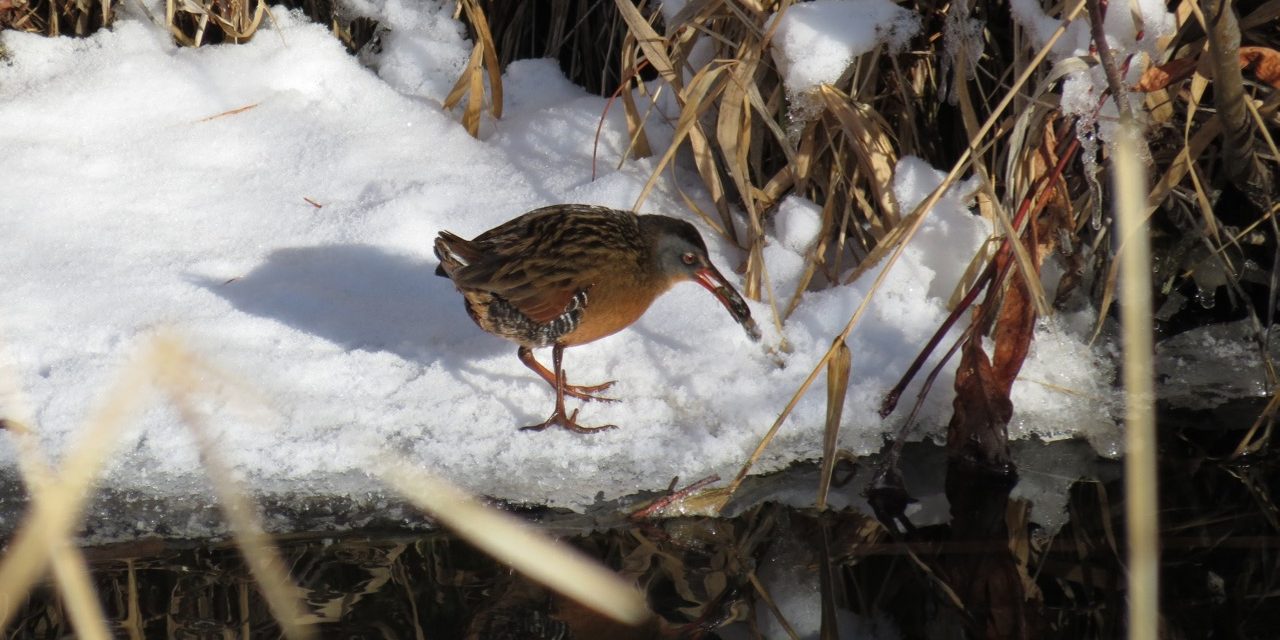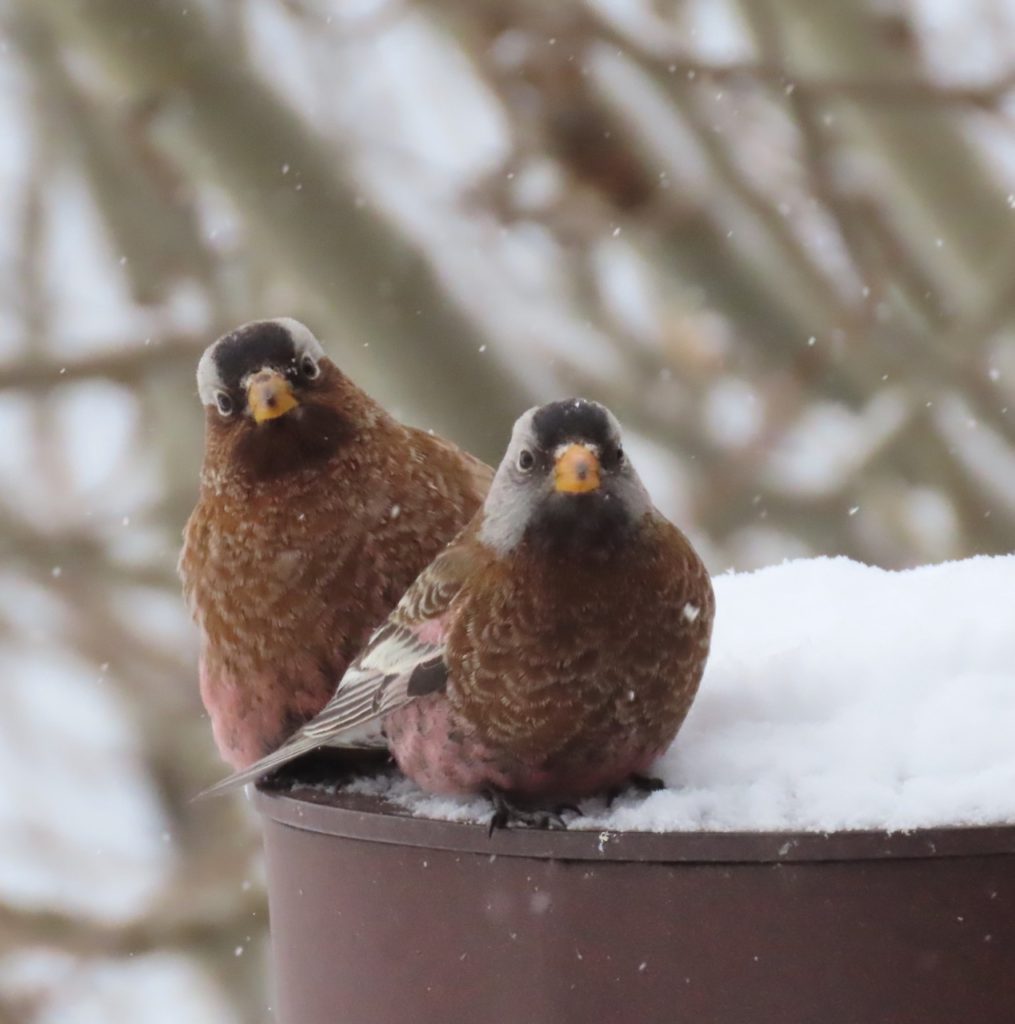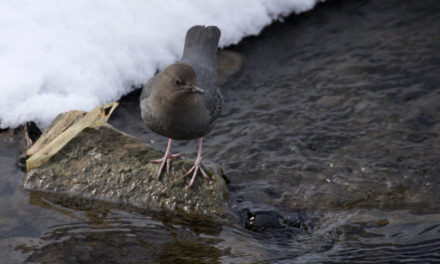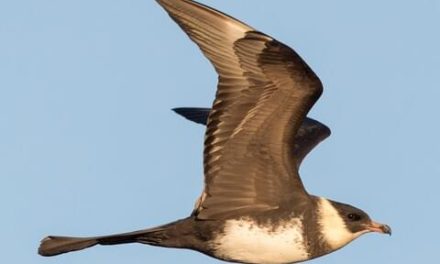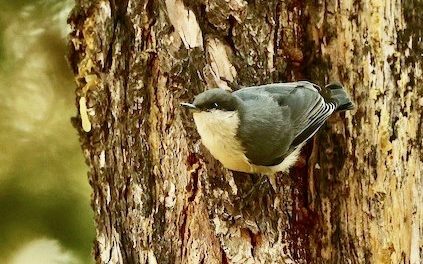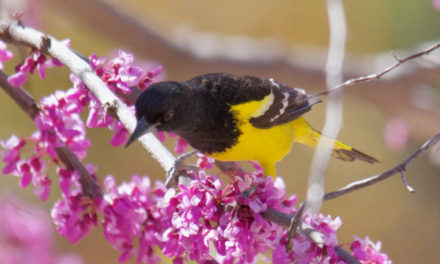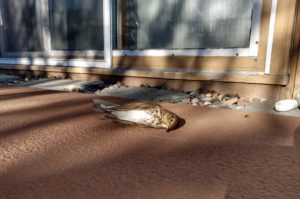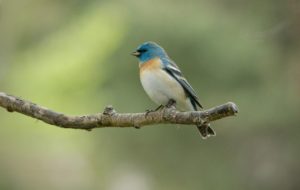It was an interesting year for this area’s Christmas Bird Counts. Once again, due to the continuing Covid-19 situation there were still some limitations on post count gatherings and sharing space while driving in the field. And of course, winter weather in Montana is always a factor and can sometimes create havoc with outdoor activities.
The first count this winter was the Ennis count, which was preceded by a major overnight snow storm. Daylight brought clearing skies, and the most open water on Ennis Lake that any of the count participants had seen this late in the year. The open water on the lake was holding more waterfowl than ever, which contributed to new high counts for several species of ducks, 2 Eared Grebe, and incredibly over 5,000 American Coot. It was also a record high count for Ring-billed Gulls, and for the first time ever on the count a Herring Gull was seen patrolling the shoreline of Ennis Lake. New high counts were also recorded for Pinyon Jays and Common Redpoll.
The Bozeman count was conducted under near ideal winter conditions, with moderate temperatures and no wind. The 72 species seen on the count was the third highest total for the count. Like the Ennis count, the Bozeman count was conducted before the real cold weather arrived, so there was more open water than usual. That meant more lingering waterfowl, including high counts for five species of ducks. Among those ducks was a Blue-winged Teal, which was a first for the count. Another bird new to the count was the young Ferruginous Hawk seen near Gallatin Gateway. The four Canada Jays counted near Limestone Creek beat the old high mark of three by one. Another high count was for American Goldfinch, breaking a 107-year-old record for the species (109 individuals over the old record of 100).
According to George Kelly, the compiler for the Livingston count, the “horrendous weather” (wind gusts up to 70 mph) definitely affected the count. Certain areas of the count circle were unreachable due to drifting snow. Even in the wind, the counters managed to find 65 species, which is a very respectable number for any year. Cinnamon Teal, Lesser Scaup, Eared Grebe, and Hoary Redpoll, all of which were south of town, were new additions to the count. Incidentally, on December 15th Drew Thate saw 2 Sandhill Cranes flying near Pine Creek. This was just outside the Livingston circle and one day before count week started.
The Yellowstone/Gardiner count was held the same day as the Livingston count, but without the extreme wind. 37 species of birds were tallied for the day, including a high count for American Wigeon. Some of the unusual birds were Mourning Dove, White-crowned Sparrow, and White-throated Sparrow. While checking the thermal run-off channels in lower Mammoth, a Virginia Rail flushed giving all the of the count team excellent views of the flying rail.
Blizzard conditions are not ideal for counting birds, so the Three Forks count was rescheduled from the December 26 to New Year’s Eve. A total of 57 species were seen on count day with Gray-crowned Rosy Finches and a single Lincoln’s Sparrow being the most unusual birds for the count. New high counts were recorded for Northern Flicker, House Finch, and American Goldfinch. The 8,000 plus Horned Larks and scores of Lapland Longspurs on Bench Road in the afternoon sunlight were a wonderful winter spectacle.
The post-Christmas blizzard didn’t stop some hardy West Yellowstone counters. With only a handful of counters available and visibility at less than 100 meters at times, it was tough. And the toughest birds out there were the plentiful Common Ravens and Mountain Chickadees.
The new year got off to a roaring start at the Ruby Valley count, with terrific weather. The participants for this count found a record 67 species. All of the section teams added at least one unique bird to the species total, making it a great count for all. New to the count this year were 48 Gray-crowned Rosy Finches. A Pacific Wren was seen for the second time on this count. It’s been a very good winter for Common Redpolls and American Tree Sparrows, and the new record high counts for these two species proved it. Of the seven years this count has been run, Ferruginous Hawk has been seen four years. Tom Forwood, who started this count, thinks that perhaps this magnificent raptor should be the totem bird for the Ruby Valley count.
Thank you, Tom, for everything you’ve done promoting birds, birding, and compiling the Three Forks and Ruby Valley Christmas Bird Counts! Good luck with your new position at Big Bend State Park in Texas.

